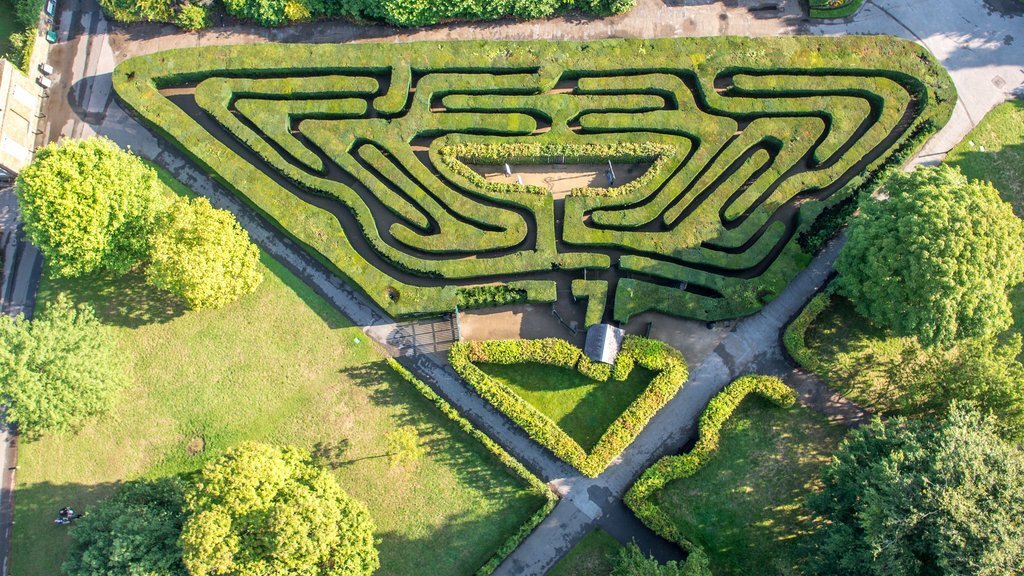48. How can creatures without brains remember where things are?
You might well suppose that the ability to keep track of where things are depends on having a brain of some kind - or at least a nervous system
But you would be wrong. Not only can single-celled organisms find their way towards things they need (like food) and away from things they don’t like (such as too much heat), but some of them can also remember locations. This is of course a key navigational task.
One fascinating class of single-called critters - with the unappetising name of slime moulds - has long been known for its ability to build highly efficient transport networks. As I mentioned in Incredible Journeys/Supernavigators, these giant, unicellular organisms can even solve a problem that has taxed the brains of human engineers: how to create the most efficient rail network connecting a number of cities and towns of different sizes.
Until now it has not been entirely clear how slime moulds achieve these feats. But a new study reveals how these apparently simple organisms can ‘remember’ the things that most matter to them.
Slime moulds are in the business of building tubes for moving nutrients around (just as railroads are used for moving people or goods). It seems that they respond to the presence of food by expanding the diameter of the tubes they build. The richer the source, the bigger the tube leading to it. Information about nutrient locations is therefore encoded directly in the physical structure of the tube network. It is a kind of associative memory.
As the researchers put it, ‘nutrient location is stored in and retrieved from the networks’ tube diameter hierarchy’. Their findings help to explain ‘how network-forming organisms like slime molds and fungi thrive in complex environments’. Since slime moulds and fungi are now known to perform a wealth of vital tasks, this is an important discovery.
What’s more, it may prove helpful to human network designers.



